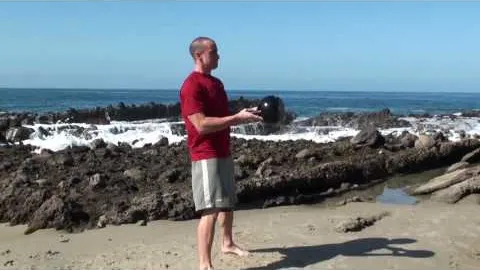
When it comes to functional fitness, the kettlebell pistol squat is a powerhouse exercise that targets multiple muscle groups while also improving balance and stability. This challenging movement requires strength, mobility, and coordination, making it a favorite among fitness enthusiasts and athletes looking to take their training to the next level.
A kettlebell pistol squat is a unilateral lower-body exercise that primarily targets the quadriceps, hamstrings, glutes, and core muscles. Unlike traditional squats, which involve both legs, the pistol squat challenges your strength and balance by using only one leg.
To perform a kettlebell pistol squat, start by holding a kettlebell with both hands, close to your chest. Stand on one leg while extending your other leg straight in front of you. Squat down as low as you can, keeping your extended leg off the ground, then return to the starting position. Repeat the movement for the desired number of reps before switching to the other leg.
The pistol squat primarily targets the quadriceps, hamstrings, and glutes, helping to build strength, power, and muscular endurance in these key muscle groups. By focusing on one leg at a time, you engage the muscles in a different way than traditional squats, leading to greater muscle activation and development.
Performing the kettlebell pistol squat requires a significant amount of balance and stability. By training your body to stabilize itself on one leg, you improve proprioception and body awareness, which can translate into improved performance in sports and daily activities. Additionally, a strong sense of balance can reduce the risk of falls and injuries.
A strong core is crucial for executing the kettlebell pistol squat with proper form and stability. This exercise engages the muscles of your core, including the abdominals, obliques, and lower back, to maintain a balanced and upright position throughout the movement.
To perform a pistol squat, you need a good range of motion in your hips, knees, and ankles. Regularly practicing this exercise can help improve flexibility and mobility in these areas, allowing you to move more freely and reduce the risk of injuries during other activities.
Follow these step-by-step instructions to perform a kettlebell pistol squat with proper form:
Here are some tips to help you get the most out of your kettlebell pistol squat:
Start with bodyweight squats: If you're new to pistol squats, it's best to start by practicing bodyweight squats to build strength and familiarity with the movement pattern.
Use appropriate kettlebell weight: Begin with a lighter kettlebell and gradually increase the weight as you become more comfortable and confident in the movement.
Focus on proper form: Maintaining proper form throughout the exercise is crucial to avoid injury and maximize results. Keep your chest lifted, core engaged, and knees aligned with your toes.
Engage your glutes and quads: Squeeze your glutes and quadriceps at the top of the movement to fully engage these muscle groups and enhance the effectiveness of the exercise.
Don't rush the movement: Take your time to ensure proper form and stability throughout the entire range of motion. Focus on the mind-muscle connection to get the most benefit from each repetition.
To incorporate kettlebell pistol squats into your workout routine, consider the following options:
Perform 3-4 sets of 8-12 reps on each leg as a standalone exercise. Rest for 60-90 seconds between sets to allow for adequate recovery.
Pair kettlebell pistol squats with a complementary upper-body exercise, such as push-ups or shoulder presses, to create a superset. Perform 3 sets of 6-8 reps of the pistol squat, followed immediately by the upper-body exercise, before taking a rest.
Include kettlebell pistol squats as part of a full-body circuit workout. Alternate between lower-body, upper-body, and core exercises, performing each exercise for a set amount of time before moving on to the next. Aim for 3-4 circuits, with 30-60 seconds rest between circuits.
The kettlebell pistol squat is a challenging and rewarding exercise that offers a multitude of benefits for anyone looking to improve their lower-body strength, balance, and stability. Incorporate this exercise into your routine and witness the impressive results it can deliver over time. Remember to start with proper form and gradually increase the intensity as your strength and confidence grow. Stay consistent, and you'll be well on your way to mastering this functional movement.
If you're looking for a gym, fitness club or yoga studio, you've come to the right place.
You can find information about gyms in your area. Browse catalog of gyms and find gyms with classes which are you looking for.
On gym page you can find simple information like address, phone or website. You can find list of available classes. You can check availability of personal training or small group classes. On place page you can also see information about open hours.
You can find gyms near you with amenities, courts, studios and equipments.
Use our map to find gym at your city or district.
In Gym Navigator you can find list of exercises with movies for many body parts.
You can browse exercises catalog and find exercises the best of you.
You can also find exercises grouped into workout plans, which you can use to improve you body. Each routine show you exercises one by one and give you possibility to count you progress and count down rest time.